Nature reports
Page 63 of 70 - 695 Results
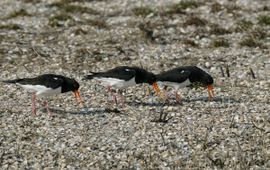
An oystercatcher nest is washed away in a storm surge. Australian passerine birds die during a heatwave. A late frost in their breeding area kills off a group of American cliff swallows. Small tragedies that may seem unrelated,..
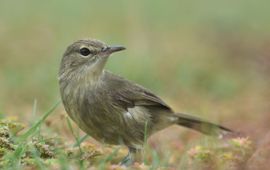
We already know that some animals, including dolphins and ants, rescue animals of the same species from dangerous situations. Dutch researchers have now discovered that ‘heroic behaviour’ also occurs in wild birds. They found..
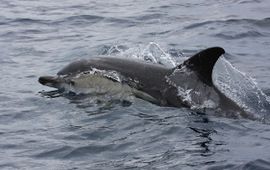
A large-scale international survey of whales, dolphins and porpoises in European Atlantic waters has estimated a total of more than 1.5 million cetaceans in the area in summer 2016. That has become clear after SCANS III, the third..
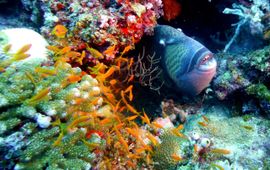
Years of experiments and careful observation along the shores of the Galápagos Islands have untangled a complex food web of sea lions, fish, urchins and algae, revealing who eats (or doesn’t eat) whom and what impact they have on..
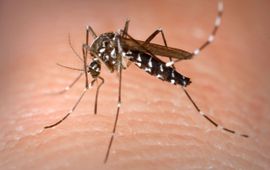
The Muggenradar of Wageningen University will be part of Global Mosquito Alert, a new alliance of citizen science organizations and UN Environment. The alliance aims to escalate the global fight against mosquito borne diseases,..
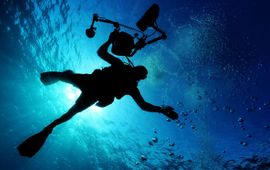
Animals living under the ground often escape the human eye. There is a rich fauna in caves, soils and in groundwater, which hardly anyone knows. Although cave fish are known from other continents, these were missing in Europe so..
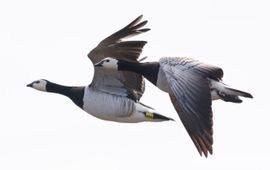
The breeding grounds of Arctic migratory birds such as the barnacle goose are changing rapidly due to accelerated warming in the polar regions. They won't be able to keep up with the changes unless they can somehow anticipate..
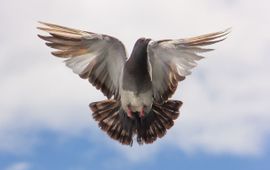
Homing pigeons may share the human capacity to build on the knowledge of others, improving their navigational efficiency over time, a new study has found. The ability to gather, pass on and improve on knowledge over generations is..
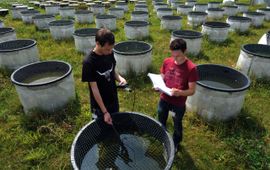
When it comes to their role in aquatic ecosystems, exotic water plants are generally no different than indigenous species. In fact, they can be an asset, argues Bart Grutters of NIOO-KNAW in his PhD thesis. That doesn't mean all..
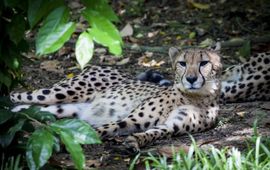
Cheetahs are categorised as vulnerable species, partly because they have been considered to be prone to diseases due to their supposed weak immune system. However, they are hardly ever sick in the wild. ..
